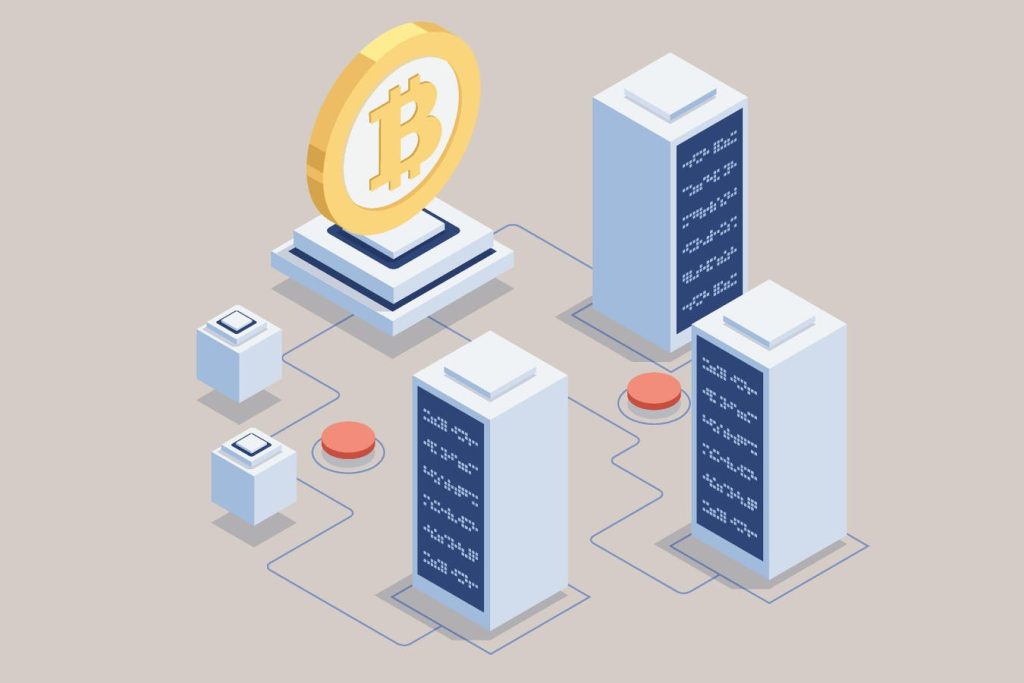Cryptocurrencies have emerged as an alternative to traditional banking systems following the 2008-2009 financial crisis, aiming to democratize finance through blockchain technology and smart contracts. The crypto sector has experienced ups and downs over the past 15 years, with 2022 marking a low point before a significant resurgence in 2024. Investors and entrepreneurs are now focusing on building infrastructure and applications to drive widespread adoption, highlighting belief in the technology’s transformative potential.
Leading financial institutions like JPMorgan Chase, Citibank, UBS, HSBC, and BlackRock are actively developing tangible implementations of tokenization, which involves representing off-chain assets on a blockchain to enable fractional ownership. This process enhances accessibility and affordability of high-value assets while increasing liquidity, global accessibility, and asset mobility. Tokenization of real-world assets unlocks opportunities for decentralized applications, innovative business models, and strategic partnerships, leading to predictions that the tokenized asset market could reach $10 trillion by 2030.
Tokenization of physical real-world assets democratizes access to premium holdings across diverse asset classes, enabling a wider pool of investors to own assets like artwork, vintage wine, or real estate. While this opens up new opportunities, challenges such as regular appraisals, custody issues, and legal compliance must be addressed to ensure the token’s value mirrors the fluctuating value of the underlying asset. Financial institutions are incorporating tokenization to streamline processes, reduce costs, and attract a younger demographic of cryptocurrency-savvy customers.
Industry heavyweights like Blackrock, JPMorgan Chase, Franklin Templeton, and Goldman Sachs are actively exploring tokenization within their secure platforms, validating the technology’s capabilities and potential. Leaders in the financial world are recognizing blockchain technology’s potential to revolutionize financial institutions through smart contracts, ushering in a significant paradigm shift. The enthusiasm and adoption of tokenization have been further spurred by endorsements from prominent figures in the financial community, propelling tokenization forward as a transformative use case.
The process of tokenizing real-world assets involves acquiring assets, valuing them, ensuring legal compliance, selecting a suitable blockchain platform, creating smart contracts, and distributing asset tokens to users. Robust custody solutions are essential to protect these assets, enabling round-the-clock trading on integrated marketplaces and exchanges. While the tokenization of physical assets presents significant opportunities, regulatory challenges like compliance with securities laws, diverse legal frameworks, KYC requirements, and privacy laws must be navigated to ensure successful implementation.
DualMint pioneers a unique approach to tokenizing diverse real-world assets, integrating blockchain technology, legal document validation, minting processes, and secure digital signatures. Their ecosystem includes value-added services like logistics, legal management, insurance, and authentication, enhancing the security and management of tokenized assets. Tokenizing physical assets revolutionizes finance by democratizing investments and enhancing financial processes, despite facing regulatory, technical, and operational challenges that can be overcome through compliance with international and local laws and innovative solutions to ensure success.













